Free 3-5 day delivery
on all orders
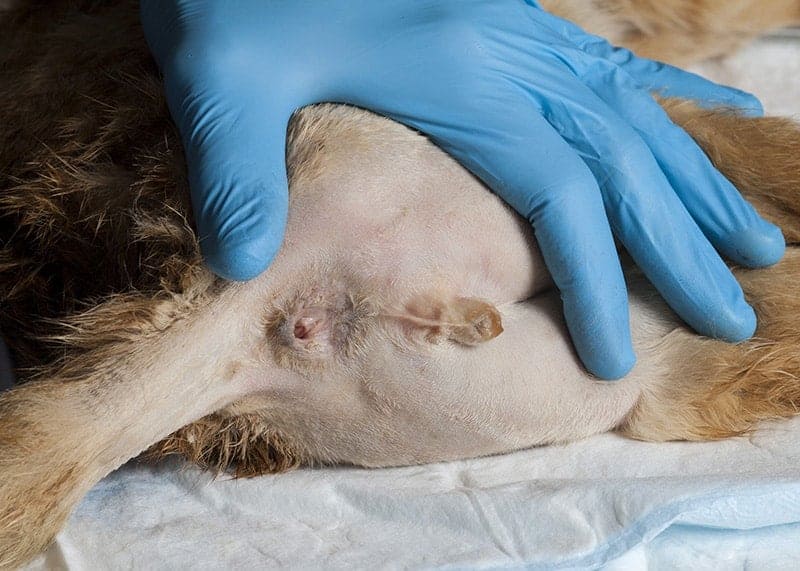
Placement of the urinary catheter in the cat. The male cat will need either sedation or general anaesthesia unless the patient is completely moribund. It may be appropriate to clip the perineum of the cat to allow this to be performed in an aseptic fashion. The extent of the clip here is for photographic purposes.
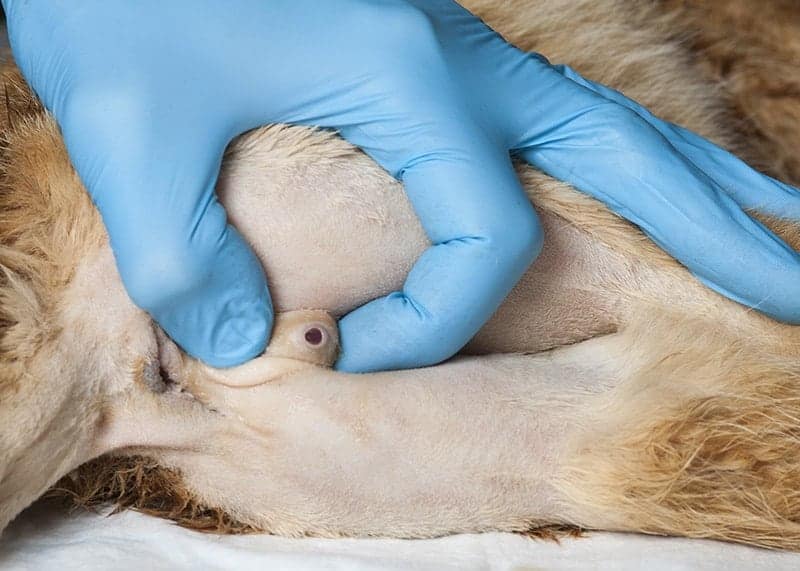
The fingers of the non-dominant hand of the clinician are used dorsal and ventral to the preputial orifice to protrude the tip of the penis.
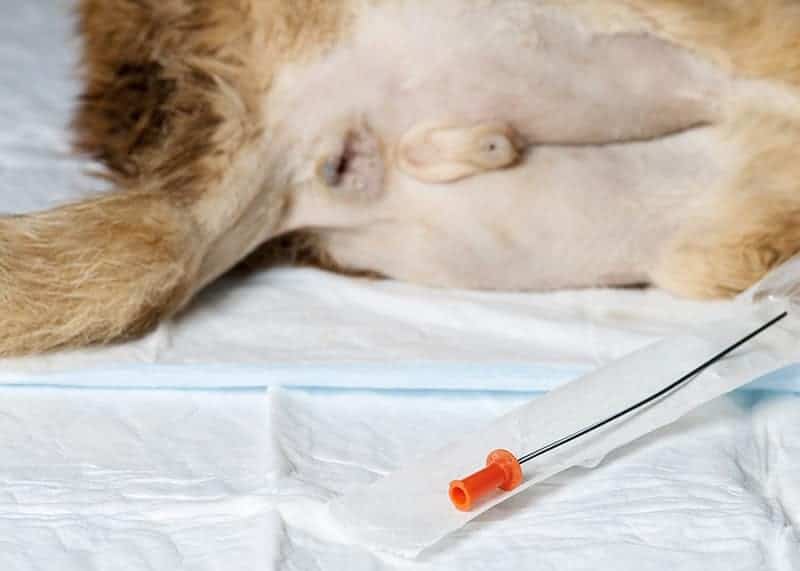
This is the KatKath catheter with the rotating distal cuff.
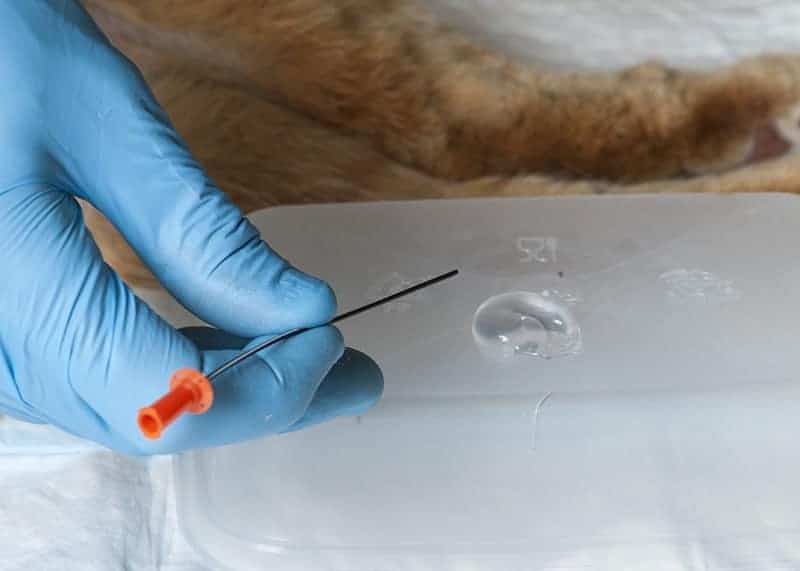
Sterile lubricant is placed on the tip of the catheter to aid placement.
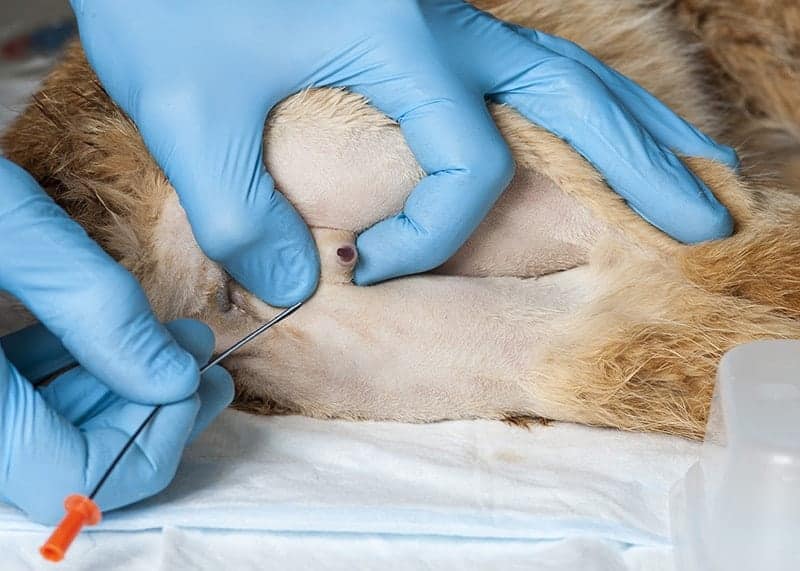
With the tip of the penis protruded by pressure with the non dominant hand, the tip of the catheter is now walked to the urethral orifice.
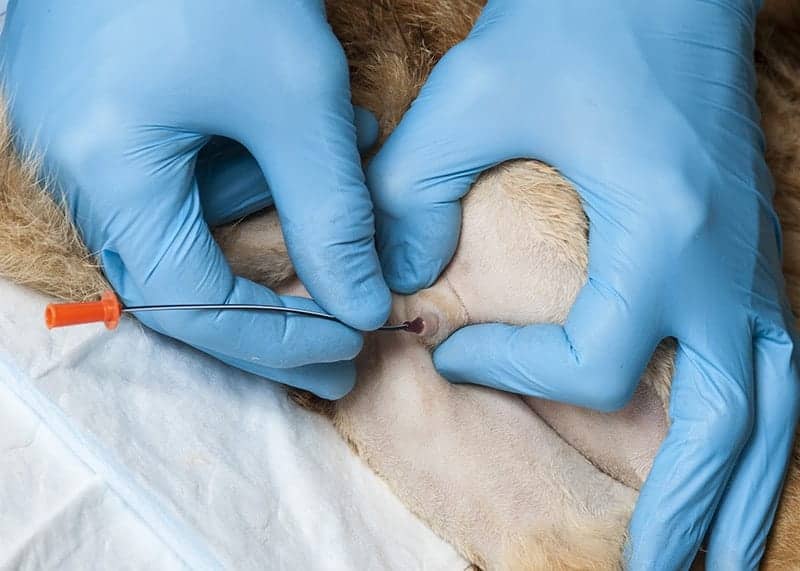
The atraumatic tip of the catheter is then placed within the urethral orifice. This catheter is generally stiff enough to allow placement without the use of a stylet.
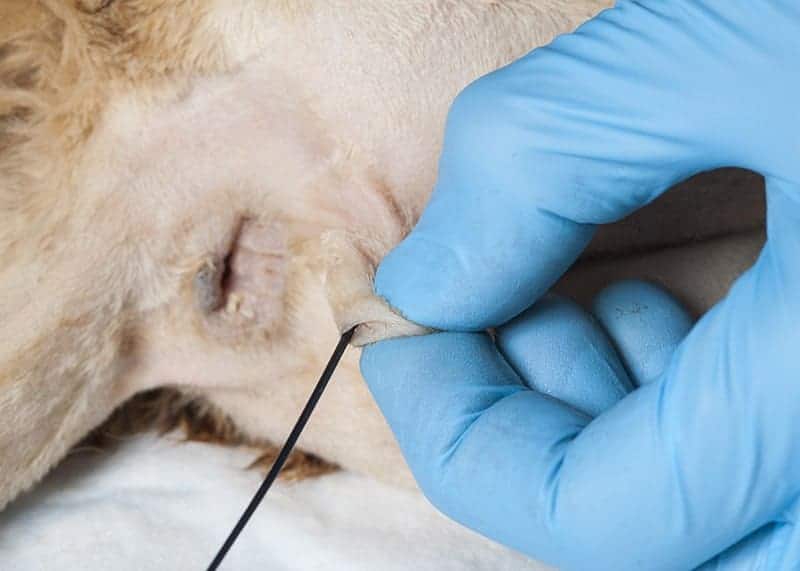
Once the first 2cm of the catheter are within the penile urethra the non-dominant hand is then used to pull the preputial orifice caudally to straighten the urethra and allow the catheter to continue to be inserted through the urethral into the bladder.
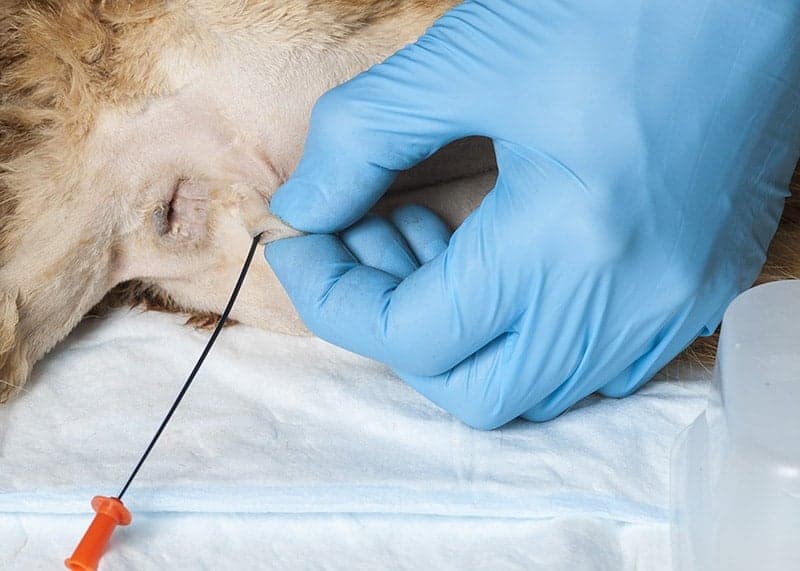
This illustrates how the prepuce is pulled caudally to straighten the urethra during catheter placement. This catheter has a hub, which means that if the urethra is still obstructed by the presence of mucus or sludge a syringe can be connected to the catheter to allow flushing during placement.
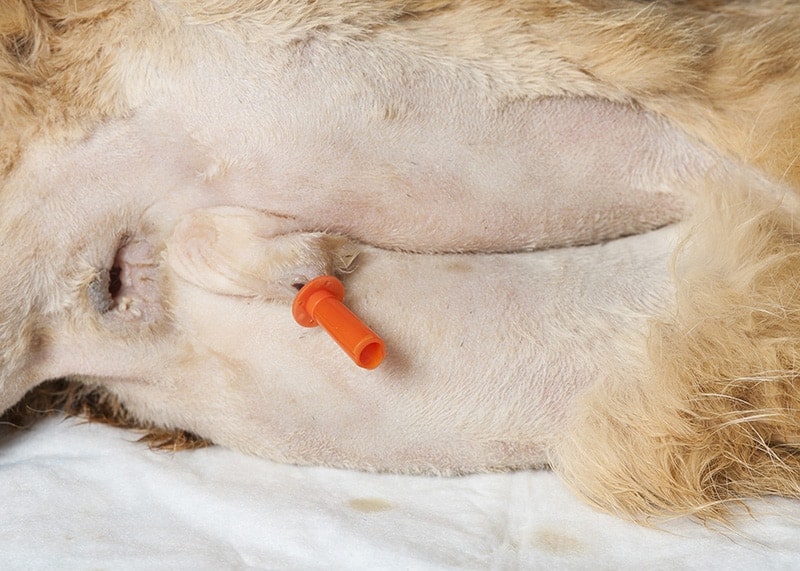
Once any blockage has been released the catheter is inserted completely until the hub of the catheter rests against the prepuce.
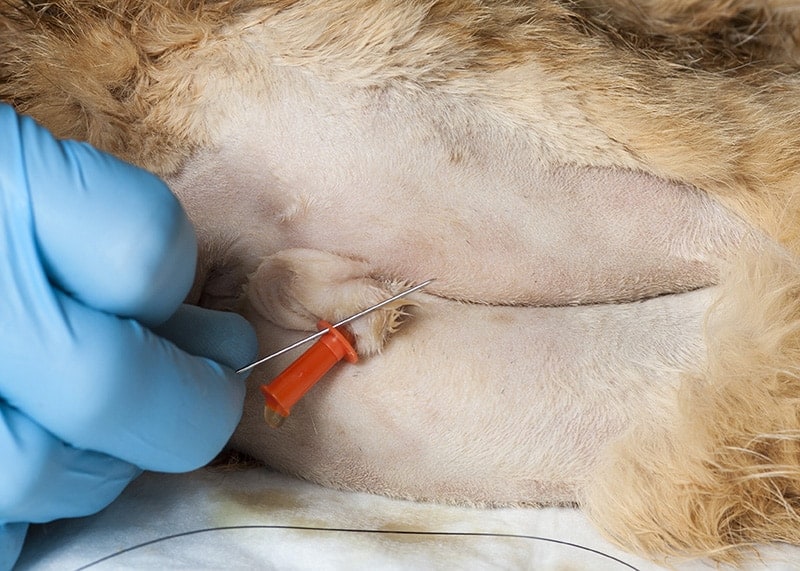
The hub of the catheter has holes provided for suturing the catheter into place. The suture needle is passed through the hole.
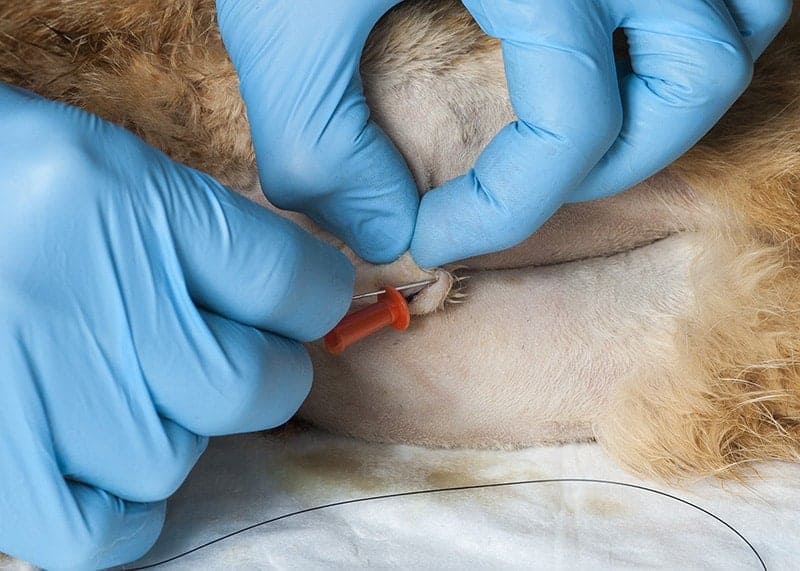
The suture needle is then passed through the skin of the prepuce.
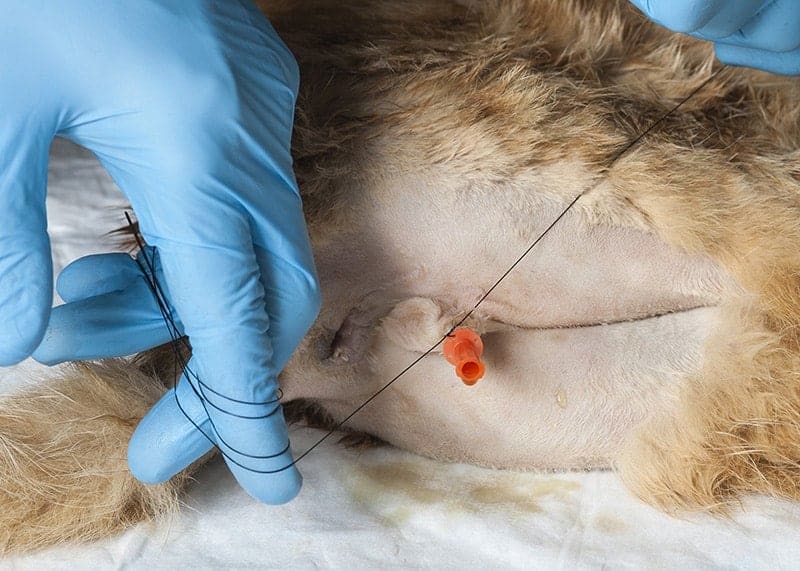
The catheter is secured in place with 2 or more sutures. A standard suture tying technique is used to secure the catheter.
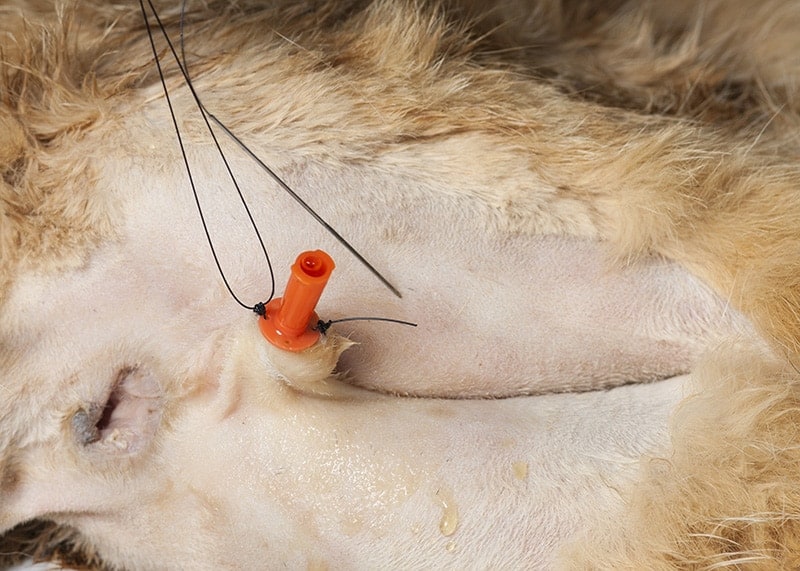
A second suture is placed and the clinician may choose to place additional sutures if they wish.
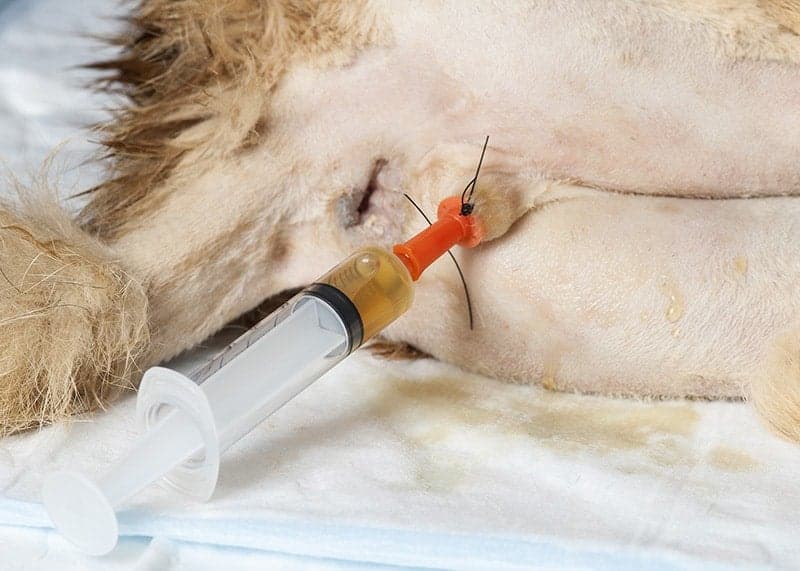
The bladder can now be emptied by the connection of a standard syringe to the hub of the catheter and repeated bladder lavage can be performed to reduce the amount of debris present.